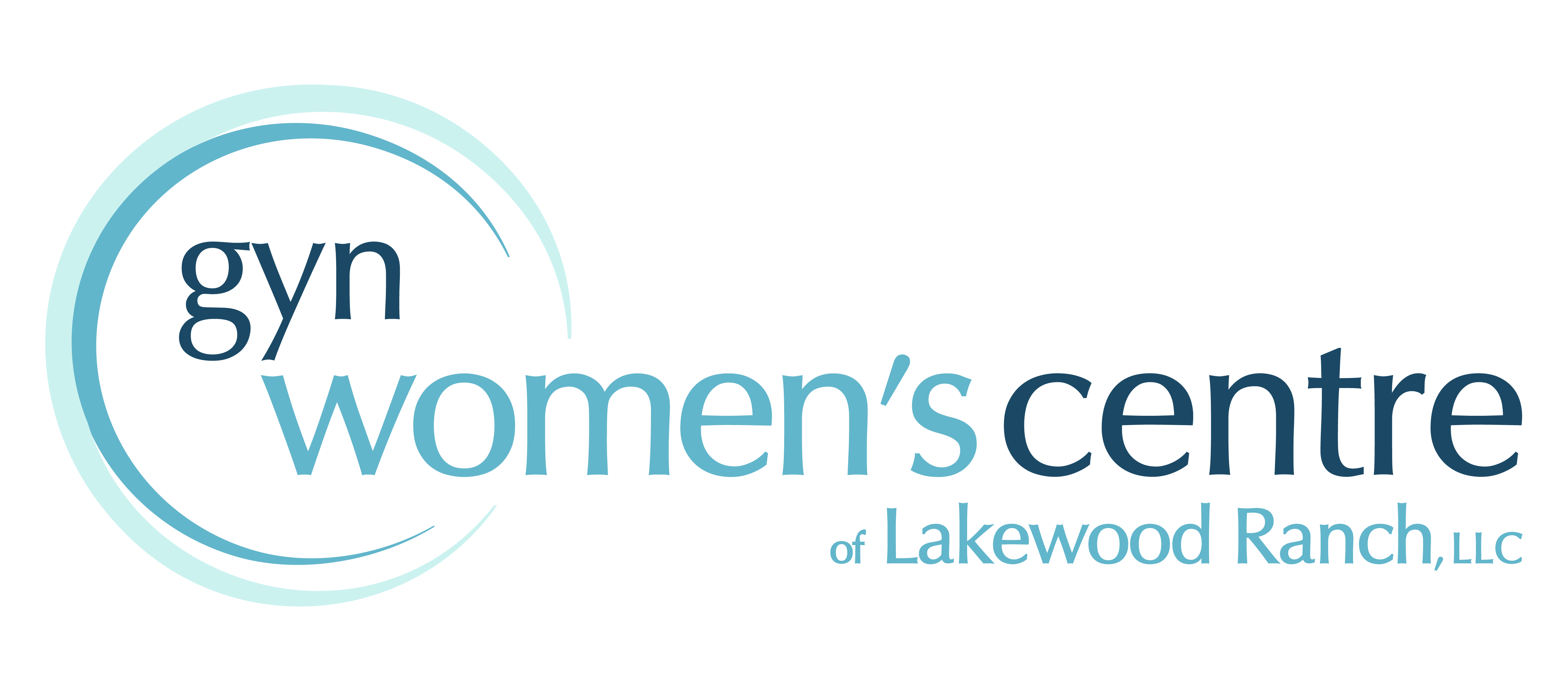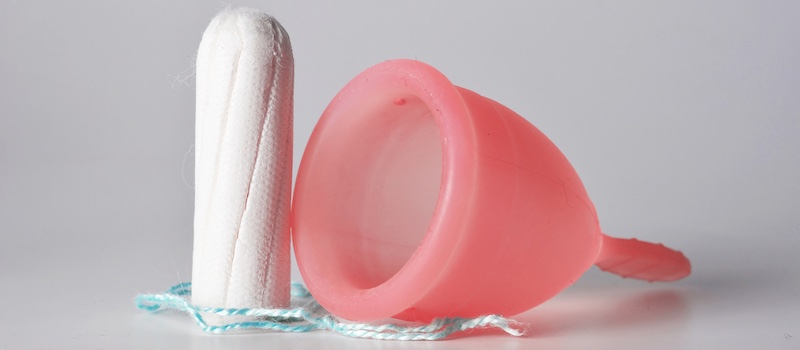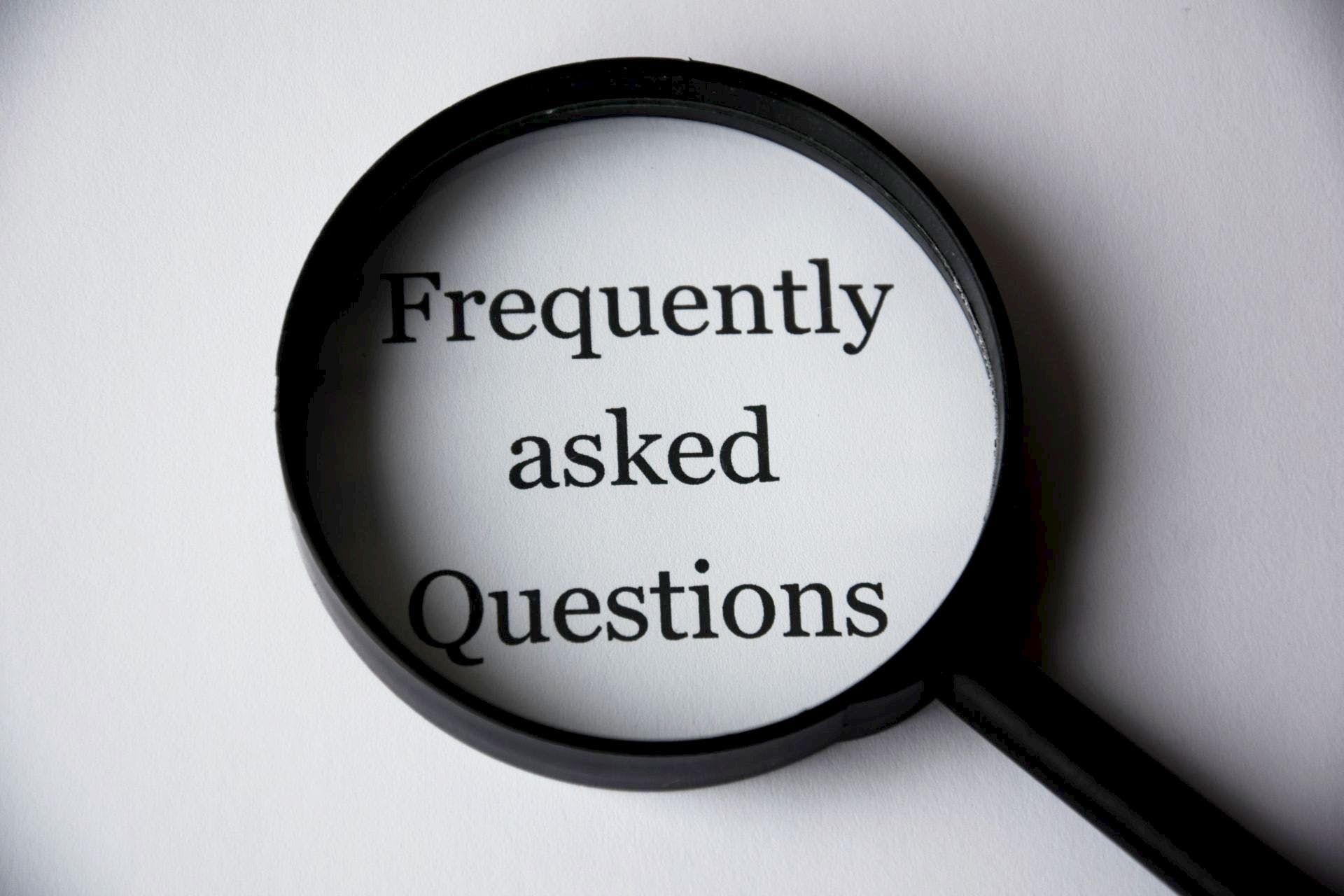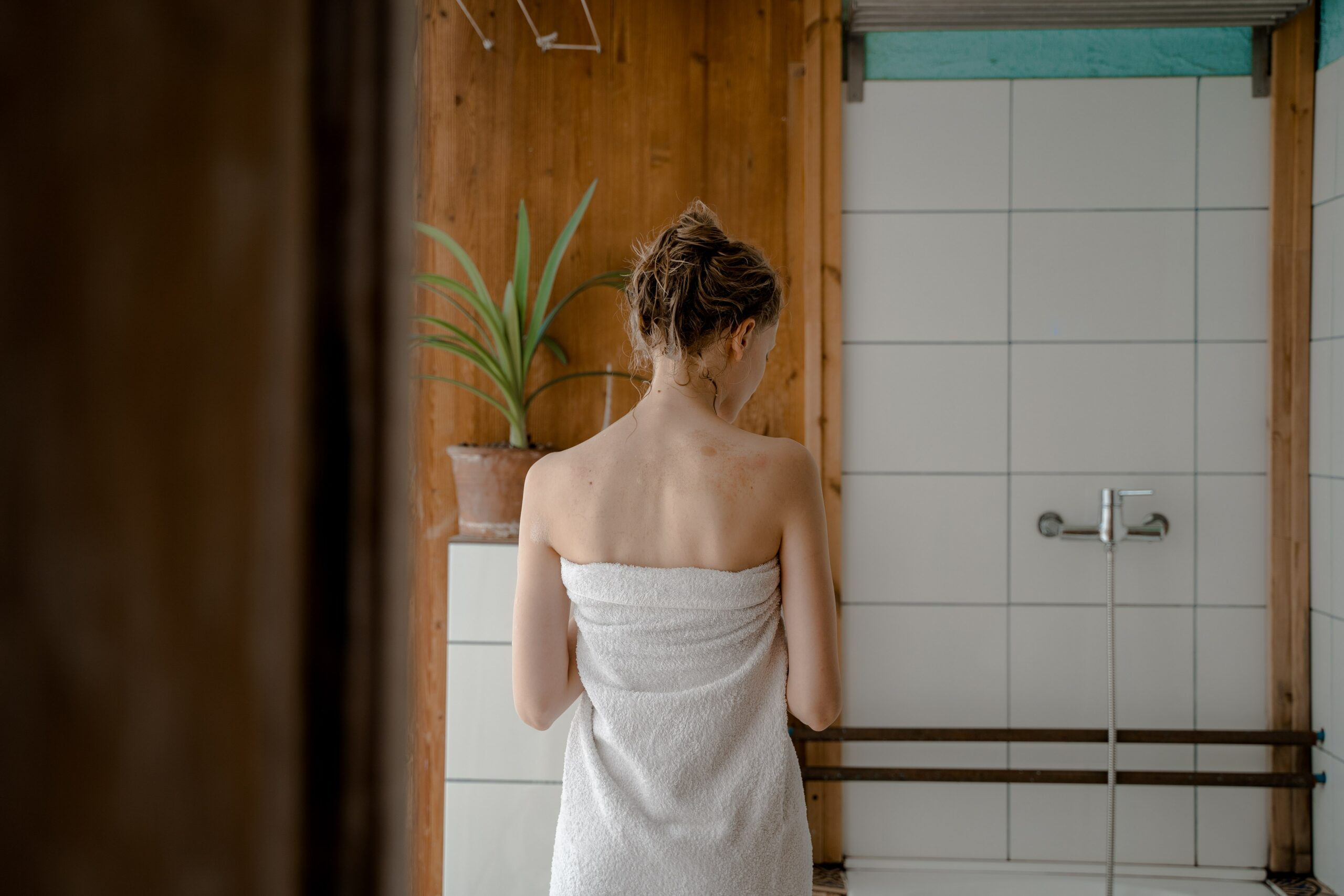As women, many of us spend lots of time thinking about the products we use to handle our periods. For millions of women, this means keeping pads and tampons on hand – but what about a menstrual cup? Are they a fad or is a menstrual cup something you should consider?
Menstrual cups are widely used all over the world. In many ways, they are similar to using a tampon, but menstrual cups boast lots of compelling benefits like low costs and longer wear.
While a menstrual cup may not be for everyone, they’re worthy of consideration. Keep reading to learn how menstrual cups works, the pros, and cons of menstrual cups, as well as some of the leading brands on the market.
How Menstrual Cups Work
Menstrual cups catch and collect your flow, rather than absorbing it like pads or tampons.
Using a menstrual cup is simple. Right before your period begins, wash your hands, take your menstrual cup and fold it tightly. Insert the menstrual cup in your vagina, similar to how you would insert an applicator-less tampon.
If inserted correctly, you should not be able to feel the menstrual cup at all. Once it is in place, the silicone will expand to fit the walls of your vagina, forming a seal to prevent leaks. Your flow then drips into the menstrual cup.
To remove the menstrual cup, pull the “stem” at the bottom while pinching the base to release the seal. Empty the menstrual cup and then wash it with soap and water. At the end of your menstrual cycle, you can boil it in water.
7 Pros of Menstrual Cups
1. You can leave it in for up to 12 hours
While tampons need to be changed every four to eight hours depending on your flow, menstrual cups can be left in for much longer. Because they can stay in for up to 12 hours, this means you can comfortably sleep in your menstrual cup.
2. They hold more
On that note, menstrual cups hold more liquid in general than pads or tampons. The average menstrual cup can hold one ounce of liquid, which is about twice the amount of super-absorbent pad or tampon. This can be a game changer on heavy flow days.
3. They’re good for the environment
Menstrual cups are much more eco-friendly than pads and tampons since they are reusable.
4. They’re cost effective
If you hate how much of your money goes to buying pads, tampons, and the inescapable “pink tax,” then consider a menstrual cup. These cost around $30 to $40 but last a whopping 10 years.
5. There’s less odor
Because menstrual cups form an airtight seal, the menstrual blood isn’t exposed to any air.
6. Say hello to mess-free sex
Although many menstrual cups should be removed before having sex, the soft, disposable menstrual cups don’t have to be. Designed with sex in mind, these look like a diaphragm and are shaped like a dome. Your partner won’t be able to feel it and you both can enjoy mess-free fun.
7. Above all, they’re safe
Many people wonder Are menstrual cups safe? In short, yes. Menstrual cups are significantly safer than tampons because they have a lower risk of toxic shock syndrome (TSS). Compared to pads, menstrual cups won’t cause chafing or a rash.
3 Cons of Menstrual Cups
1. Irritation can occur
Some women find that the menstrual cup causes them to get irritated down there – although irritation can be avoided with continued use.
2. Finding the right fit can be a challenge
Menstrual cups come in different sizes depending on the user’s age, flow, and whether or not you’ve had a child. You may find that one size is uncomfortable, while another is just right. Finding the right fit can be challenging, but stick with it.
3. Things can get messy
You won’t have to worry about leakage during the day, but things can get messy when you remove your menstrual cup. Removing your menstrual cup may feel awkward at first while you attempt to keep it from spilling. Because you’ll need to wash it after 12 hours, this can be difficult if you only have access to a public restroom.
4. Types of Menstrual Cups
No two women are exactly alike, which is why there are a variety of menstrual cups available to you. Menstrual cups come in a variety of sizes to accommodate different bodies. Your build, athletic background, and vaginal birth history can affect which menstrual cup you find most comfortable so you.
There are lots of menstrual cups on the market, but if you’re not sure where to start, here are some menstrual cups we love.
The MeLuna Classic – This menstrual cup is best for first-time users. The MeLuna Classic comes in the widest variety of sizes and is available in a firmer version with differing handles.
The design of the MeLuna Classic allows it to be folded in a variety of ways, and many users find it can be easily inserted, removed, and cleaned.
The MeLuna Shorty – Another menstrual cup from MeLuna, the “Shorty” is great for those with low cervixes. People with low cervixes tend to have a difficult time finding a menstrual cup to accommodate their anatomy, but the MeLuna Shorty consistently performs.
With a short-cervix cup, you will sacrifice volume, but we think comfort outweighs having to change your cup more often.
The DivaCup – The DivaCup is one of the most popular menstrual cups on the market and is the model most people start with. The DivaCup can be a great starter menstrual cup for some, but many users find that this model is on the long side.
If you have a short cervix, this menstrual cup might be uncomfortable.
The Lena Cup – The Lena Cup is smoother than most other menstrual cups on the market, making insertion and removal breeze. Many users find that The Lena Cup tends to be wider than most, so if you know you have a wider vagina, this menstrual cup might be a good place to start.
Are Menstrual Cups Safe?
In short, yes. Many people are skeptical about switching to a menstrual cup for fear that they aren’t safe, but studies show that menstrual cups may be safer than both pads and tampons. Still, it’s important to understand the potential risks that may come with using a menstrual cup.
Of course, any time you are inserting something in your vagina – whether a tampon or menstrual cup – there is a chance to introduce unwanted bacteria. This is why washing your hands thoroughly before inserting or removing your menstrual cup (and before using any feminine hygiene product) is important.
Toxic shock syndrome is very rare, but there is a possibility of getting TSS from improperly using a menstrual cup. You can prevent TSS by washing your hands before inserting or removing your menstrual cup, not keeping it in for longer than the recommended time, and thoroughly sterilizing it in between uses.
Some people find they experience UTIs more when using a menstrual cup. Some doctors believe this is because menstrual cups can push on your urethra slightly through the vaginal wall. This may trap urine inside your bladder or urethra.
How Long Do Menstrual Cups Last?
If you’re tired of having to constantly buy pads or tampons, you’ll be excited to know that most menstrual cups last for up to 10 years. Not only does this mean your $30 – $40 investment will go a long way, but you’ll be gentler on the environment too.
Have Questions About How to Handle Your Periods? Call OB-GYN Women’s Centre of Lakewood Ranch
Now more than ever, there are lots of ways you can handle your period. If you have any questions about menstrual cups or are in need of OB-GYN services, contact us today.




